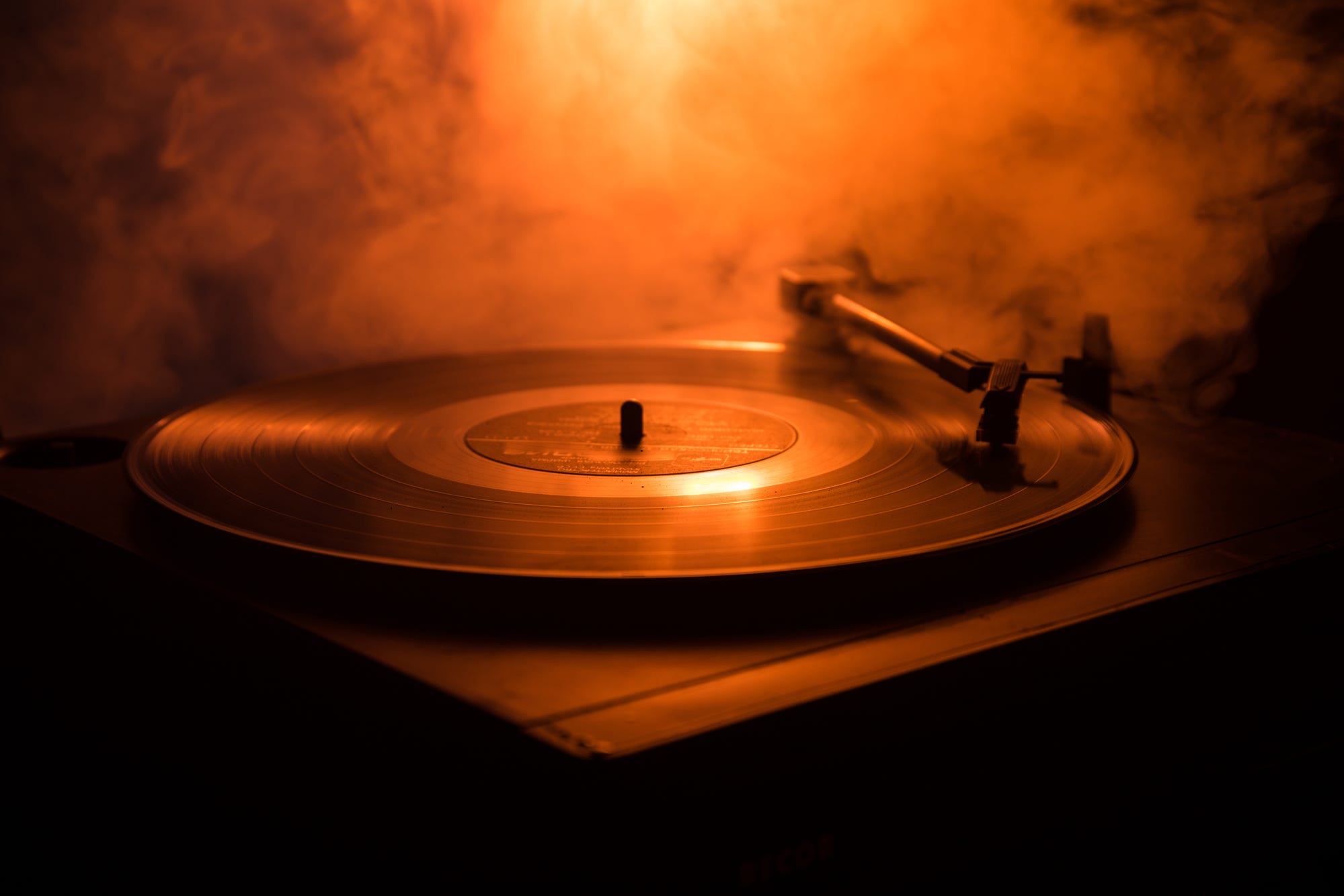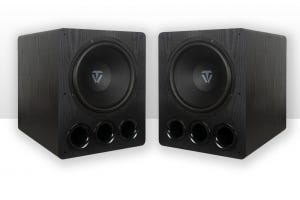
Turntables are a great way to listen to music, but they require a little bit of care and maintenance to keep them sounding their best. Hi-fi record players are no small investment, so taking good care of them is important, and can save you hundreds in the long run. Here are some tips on how to take care of your turntable so you can enjoy your music for years to come.
The Importance of Proper Turntable Maintenance
Turntables can be finicky pieces of equipment, and cleaning them regularly is so important because record player performance can deteriorate significantly just from regular dust and dirt. In fact, turntables actually attract dust via static electricity, which can cause wear on the needle and the record itself.
Proper turntable maintenance is essential for getting the clearest sound out of your turntable - it's not just about dusting off the record itself! Caring for your turntable should include cleaning the stylus and tonearm, checking the tone arm settings to ensure they are aligned correctly and that it is balanced properly, and, if necessary, replacing worn parts. Additionally, taking care to store your turntable in a dust-free area can also help to extend its life by keeping debris away from small parts. With some basic maintenance you'll be able to maximize your turntable performance and enjoy music as it was intended - flawlessly!
Cleaning Your Turntable
Keeping your turntable neat and tidy is essential for preserving the best sound quality. Ensuring that the stylus needle, platter, and tone arm are in good condition will help to ensure the longevity of your turntable. It's important to start by gently brushing away any dust from the main surfaces of the turntable before wiping it down with a soft cloth, preferably microfiber. Next, use a special cleaning product specifically designed for record players. If you don't have this type of cleaning spray, you can get one here at Selby, or create a solution at home with white vinegar and water. To clean the stylus needle itself, you'll need an anti-static brush; this helps avoid dust sticking onto the needle. The brush should be used regularly to make sure there's no build up of dirt or other particles that could collect over time and decrease sound quality. Following these steps will help maintain your turntable so it keeps providing high-quality audio experiences.
Storing Records
For vinyl record aficionados, proper storage of records is essential in order to keep them sounding as good as new. Vinyl records should be kept away from direct sunlight and placed in a cool, dry area. Additionally, they should also be stored vertically on their edges in an upright position to keep them from warping or becoming damaged over time. Storing vinyl records in paper or plastic record sleeves can help protect them from dust and dirt and make sure that the vinyl doesn't become scratched or warped due to frequent handling. Finally, it's important to always handle vinyl records by the edges and never touch the vinyl itself for optimal care and longevity. With a few simple steps, you can ensure your vinyl collection looks great for years down the line.
Turntable Setup
When it comes to a turntable setup, balance is key. It all starts with getting the perfect height and angle for your turntable - this ensures that the needle is able to properly track along your records for optimal sound quality as it plays. Buying an aftermarket moveable tonearm is also a great way to ensure that your needle is at the proper height when changing different kinds of records. Additionally, make sure you choose a stable and sturdy stand to house your turntable - the last thing you want is your entire record collection skipping due to a shoddy or unsteady table. Last of all, find a preamp that would work well with your particular model of turntable so that you can get just the right boost to amplify your music without compromising its quality too much. With these little tips in mind, setting up and using your turntable shouldn't seem so daunting.
Replacing Components
One of the most important, and expensive, aspects of turntable maintenance is replacing components on a somewhat regular basis; namely, the cartridge and needle. This helps keep sound quality at its best and prevents damage to your records over time. Here are some tips on how to go about replacing these components correctly.
First, make sure to secure the tonearm so that it doesn't move and cause any damage while you're replacing the cartridge. Next, use a pair of tweezers to carefully remove the needle from its housing before unscrewing the cartridge with a Phillips head screwdriver. Finally, when putting in a new cartridge, make sure to keep it in the same orientation as the old cartridge and secure it with screws, before replacing the needle back into its housing. By following these steps carefully, you can ensure that your turntable is always in tip-top shape for listening to your favorite records.
If you have a belt drive turntable, the belt may need to be replaced every few years. If you're not interested in diving into the inner mechanisms of your turntable, you can take it to a repair shop.





